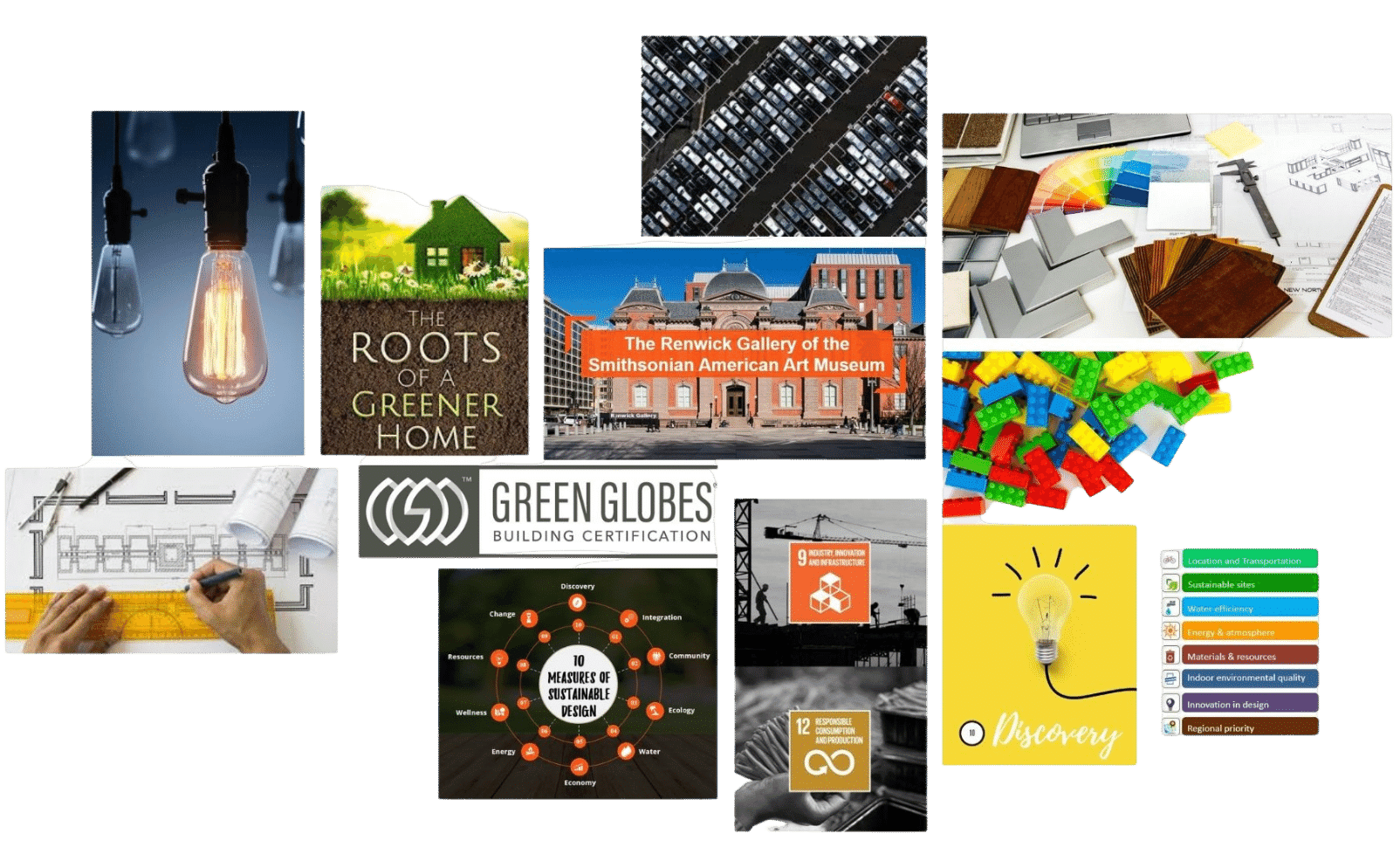Embodied carbon reduction is a critical aspect of sustainable design and construction, considering the significant environmental impacts associated with building materials throughout their lifecycle. Join us as we delve into the world of sustainable building practices in the course “Life-Cycle Impact Reduction: Through the Eyes of LEED BD+C v4.1.”
In this course, we will explore the LEED credit intent, reference standards, and requirements related to Life-Cycle Impact Reduction. Our focus will be on understanding and implementing strategies and techniques aimed at minimizing the environmental impacts associated with building life cycles. Analyze and weight the compliance paths under Option 1: Building and Material Reuse, and the four paths under Option 2: Whole-Building Life-Cycle Assessment. Master techniques to minimize environmental, economic, and social impacts throughout the entire life cycle of buildings. With a particular emphasis on the reduction of embodied carbon, this course will examine the importance of reusing existing buildings and components, incentivizing sustainable practices that contribute to the preservation of resources and reduction of waste. Additionally, we will look at LCA and decode the LEED option of conducting whole building life cycle assessments (LCAs) as an integral design component. We will explore the benefits and methodologies of LCA, enabling you to evaluate the environmental impacts of your building throughout its entire life cycle. By integrating life cycle assessments into your design process, you can make informed decisions that optimize building performance and reduce environmental burdens.
What you will learn
- In our upcoming course, we will delve into the critical concepts of ’embodied carbon,’ ’embodied energy,’ and ‘Life-Cycle Assessment’ as they relate to materials and building design and construction.
- Grasp the intricacies of the LEED MR Credit ‘Life Cycle Reduction,’ comprehending its intent, prerequisites, strategies, and required documentation.
- Investigate the pathways for achieving compliance through building and material reuse, as well as a comprehensive exploration of the four routes within whole-building Life-Cycle Assessment.
- Master advanced techniques for mitigating environmental impacts across the entire lifespan of buildings.










